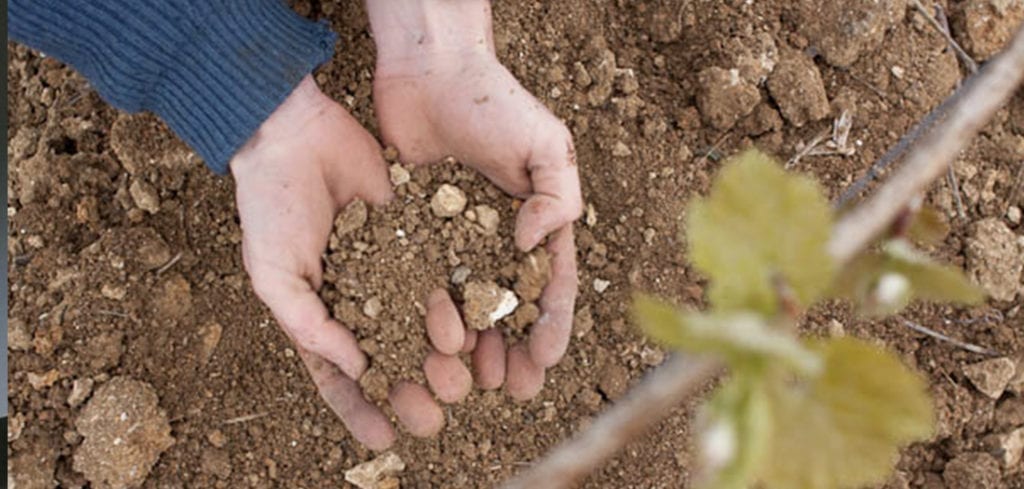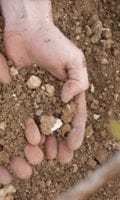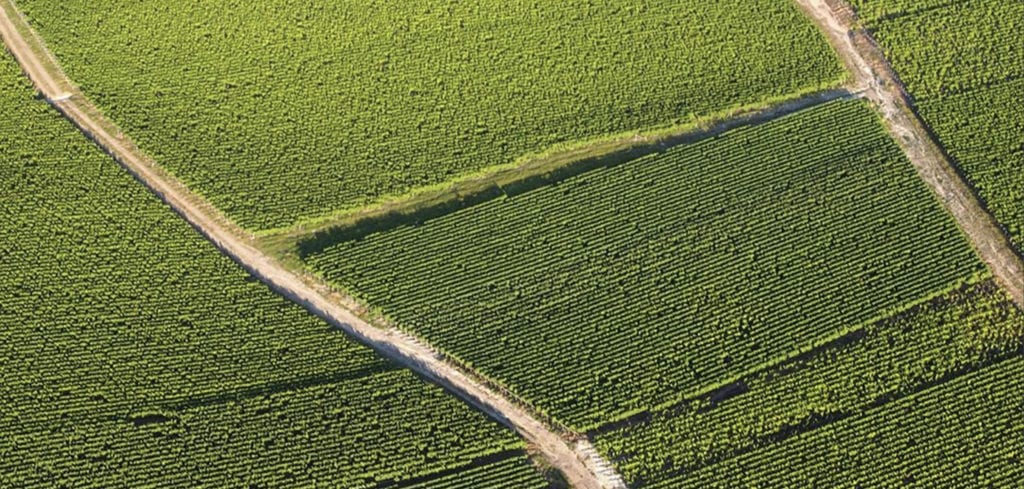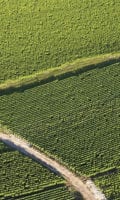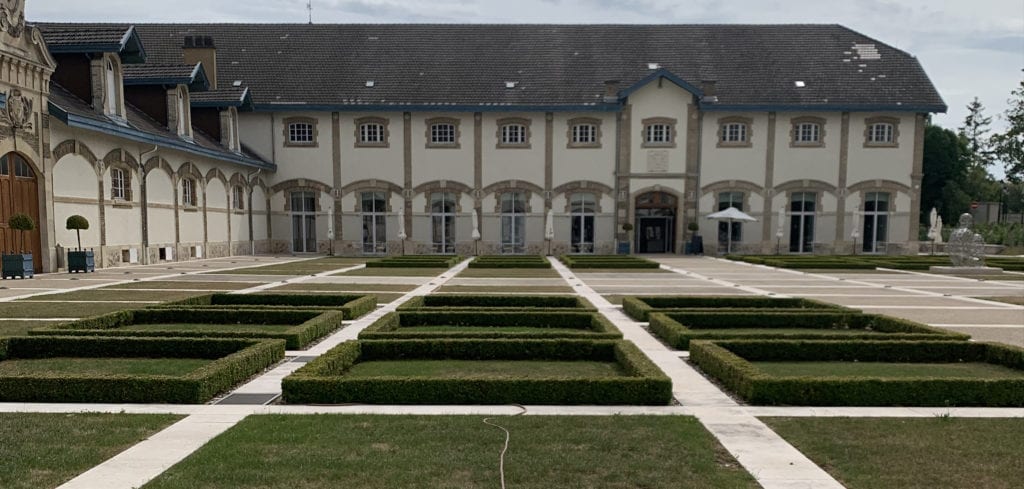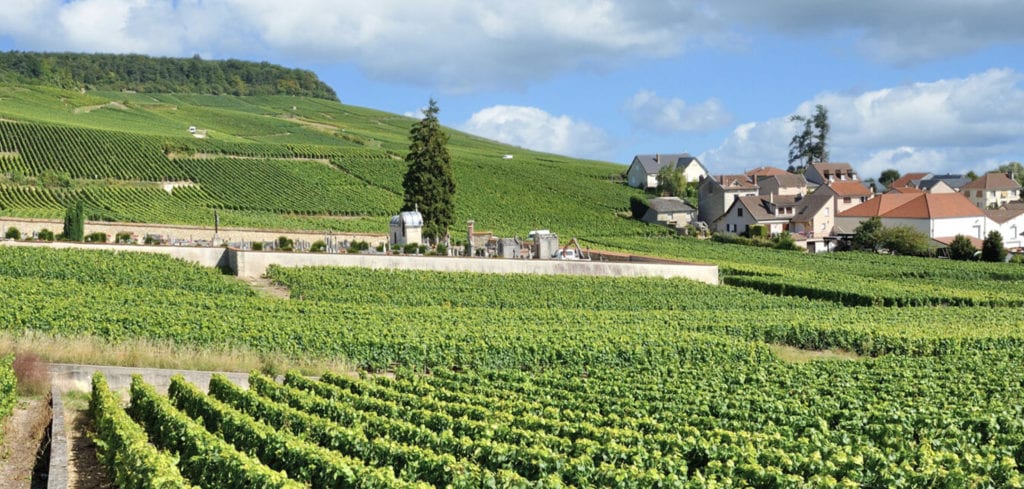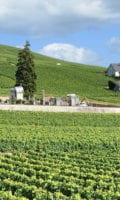
Numerous and detailed regulations govern the cultivation, harvesting and pressing of Champagne grape varieties.
Grubbing up and replanting must be officially declared. Only after two years - in the language of the winegrowers «from the third leaf» - do you get grapes that are allowed to carry the «AOC Champagne» (Appellation d'Origine Contrôlée) seal of quality. The rows of plants are no more than 150cm apart, the vines themselves no less than 90cm, but also no more than 1.50 metres.
The average and comparatively quite high planting density of about 8,000 vines per hectare is based on qualitative considerations. The dense leaf surface optimises photosynthesis, while the vines have to compete for nutrients in the soil, resulting in fewer champagne grapes per individual plant, but also in improved grape quality.
Strict rules also apply to pressing. Only the roughly 2,000 registered pressing stations («pressoirs») in Champagne are allowed to press the grapes. And for these, strict quantity regulations apply. From 160 kg of grapes, only the first 82 litres of must may be pressed as the higher-quality «cuvée» and a further 20 litres as the «taille».
In the case of the red and blue grape varieties, «Pinot Noir» and «Pinot Meunier», care is taken to press the grapes immediately after harvesting and to leave them on the skins for only a very short time (a few minutes), as otherwise the must would absorb the red colour pigments from the skins, which is of course undesirable for the production of white wines.


